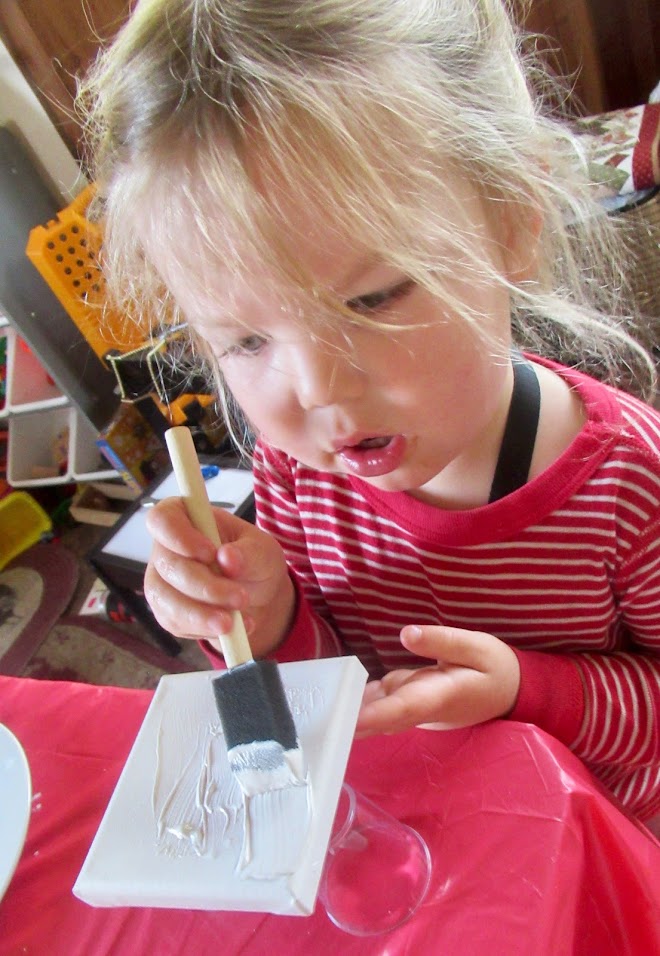This is the fifth in a series of Christmas reflections.
Drama in the Middle School
No narrative dealing with Christmas memories would be complete without a discussion of the theatrical productions we did at the middle school. Of the nine years we put on full-length productions, we devoted two years to Christmastime presentations of Charles Dickens’ A Christmas Carol. Not only did students perform this classic onstage in my classroom, the lead role of Ebenezer Scrooge was performed by a girl in both productions.
Presenting a dramatization each year was part of the culture of my classroom. While teaming with Mr. Poulton, our classroom featured sixth, seventh and eighth graders together in the educational environment, working to create a performance which included student production of props and scenery, a music soundtrack, the lights, sound effects, back-stage direction, on-stage choreography and, in some years, costume design and manufacture.
We handled the assignment of roles to individual students, on the basis of a tryout in front of a committee of at least three members: a student, an adult on campus known to all the students, varying year to year on availability and schedule, and me. We on the committee, listened to the auditions, took notes and convened afterwards in the classroom next door to make our decisions. I encouraged students to try out for any and all roles, with no consideration of gender.
Hence, one year we had a female Romeo, and twice we had Eleanora Scrooge. Aside from making adjustments to the script as far as pronoun use was concerned, Eleanora was believable and performed both years by imminently talented individuals, thank you very much Sarah and Jessica P.
The number of lines needed to pull off this role was astonishing. I used to tell my students routinely that I asked them to perform feats that I was no longer capable of doing, and they did it with fire and panache.
The students would have been coming to my classroom annually, as they progressed through the elementary school, so they knew what to expect. Many had older siblings involved in earlier productions, and many had attended evening performances in the past. The thing they always seemed to remember was how dark it was in the classroom/theater when the lights were turned off. That’s because we had covered all of the windows with black plastic and tape, and I had even gone up on the roof to cover the skylight. When the classroom lights were suddenly doused, there was always a gasp from the audience, followed immediately by the slow illumination of the stage by the lighting crew.
Very early in our production years, en enterprising parent of one of the actors, had improvised a light box which allowed us to have four separate control switches for the four “banks” of Halogen lights. Students were in complete charge of this phase of the production, and had to participate in rehearsals so that they knew the cadence of the play, and the sequence in which to brighten and dim the lights. The kids who controlled the lights had to be as familiar with the play as the actors, and it was an incredible motivator to get kids to read, especially since it was always either Dickens or Shakespeare in our productions.
In the years we presented Dickens’ story of Christmas spirit, we had to start right out the gate in September, working during seventh period elective, immersing ourselves in Victorian England, while it was still ninety degrees outside in the late summer. By the end of the first quarter, we were already rehearsing small segments of the play, and well along the way to having scenery planned and sketched. As the second quarter drew nearer to Christmas, time spent in elective began to spill over into language period, which worked out well, since all of the actors in the play came from our multi-graded classes.
Former students tell me, to my utter shock, that they do not remember the lessons on diagraming sentences as well as they remember the dramatizations. Though that astounds me, I must accept them at their word, especially when I think of Spencer as Old Joe or Silent Steve as The Ghost of Christmas Future. It was all about getting buy-in from the inhabitants of the middle school, and as their performance indicated, buy-in was not an issue.
As long as assignments were turned in and did not interfere with regular business, we flourished, Besides, it was hard to criticize a student for not completing vocabulary homework, when said student was working to memorize the challenging language of Dickens.















How did you get the background in theater? Did you ever do any acting as a kid or college person? and did you have an actual stage in your classroom? Was your classroom the standard size for a classroom? And you know I agree that anything that will get middle school kids to read is all right with me.
ReplyDeleteNo background for me; never acted; no stage. Our classroom was an octagon, and we removed all tables and put up black plastic around five sides of the classroom. The other three had scenery, and that's where the "stage" was. We were able to fit seventy-five to eighty chairs, arranged as though you were in an actual theater. All sixty students in our classes were required to participate, but they got to choose what phase of the production they were interested in. Participation was a large component of a student's grade, along with effort.
ReplyDelete